2014.11.21
Pottery artisans ready for long weekend festival
More than 20 of Okinawa’s top pottery craftsmen come together each year to share their techniques and wares, and this year’s 35th Tsuboya Pottery Festival comes in conjunction with a Japanese holiday weekend.
The exhibition and sale takes place Friday through Monday at the Tsuboya Elementary School in Naha City. Admission is free, although there are hands-on experiences featuring a fee. Purchases of pottery during the festival are at special prices. The pottery makers say they’re offering more than 10,000 works during this festival at prices discounted 20% or more.
There will also be Eisa and Hatagashira (flag pole) performances and an auction. As a part of education programs of experience learning, children can experience being a sales person and sell products. The highlight is the event of ‘Kami Subu’, which is the competition for pottery artists to make a pottery as fast and pretty as they can in a relay style. To learn more about the Tsuboya area, the members of NPO Naha Street Guide can conduct a tour for you.
The Tsuboya Pottery Festival runs 10 a.m. ~ 6 p.m. daily. A drum performance by Tsuboya Shi-sa Daiko gets the show running at 9:45 a.m., before doors open. Exhibitions and sales of individual artisans’ work begins at 1 p.m. Saturday, followed by an auction at 3 p.m.. Saturday.
On Sunday, organizers have planned a 2 p.m. Hatagashira performance by ‘Kahokai’, formed by Tsuboya residents. A Kami-Subu program takes place at 3 p.m.
Tsuboya pottery is ranked among Asia’s finest. Two forms of pottery are produced in the Naha pottery village area; Arayachi, which is unglazed pottery, and Joyachi, which is glazed pottery. Arayachi was typically used for large storage vessels for awamori, water, or bean paste. Some smaller items were created for measuring devices. Joyachi is more colorful, and usually made into vases, teapots, bowls, plates, and flasks for carrying awamori.




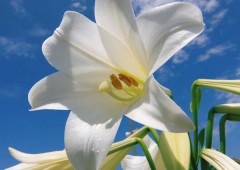 2024.04.23
2024.04.23 2024.04.02
2024.04.02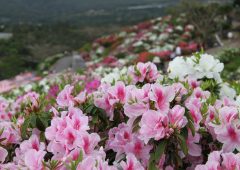 2024.02.22
2024.02.22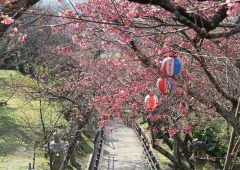 2024.01.18
2024.01.18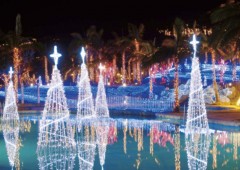 2023.12.09
2023.12.09 2023.12.07
2023.12.07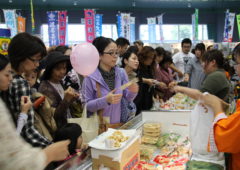 2023.11.14
2023.11.14 2023.11.10
2023.11.10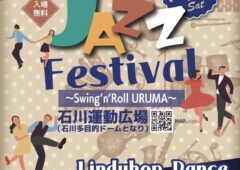 2023.11.02
2023.11.02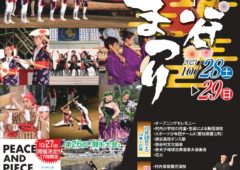 2023.10.26
2023.10.26






